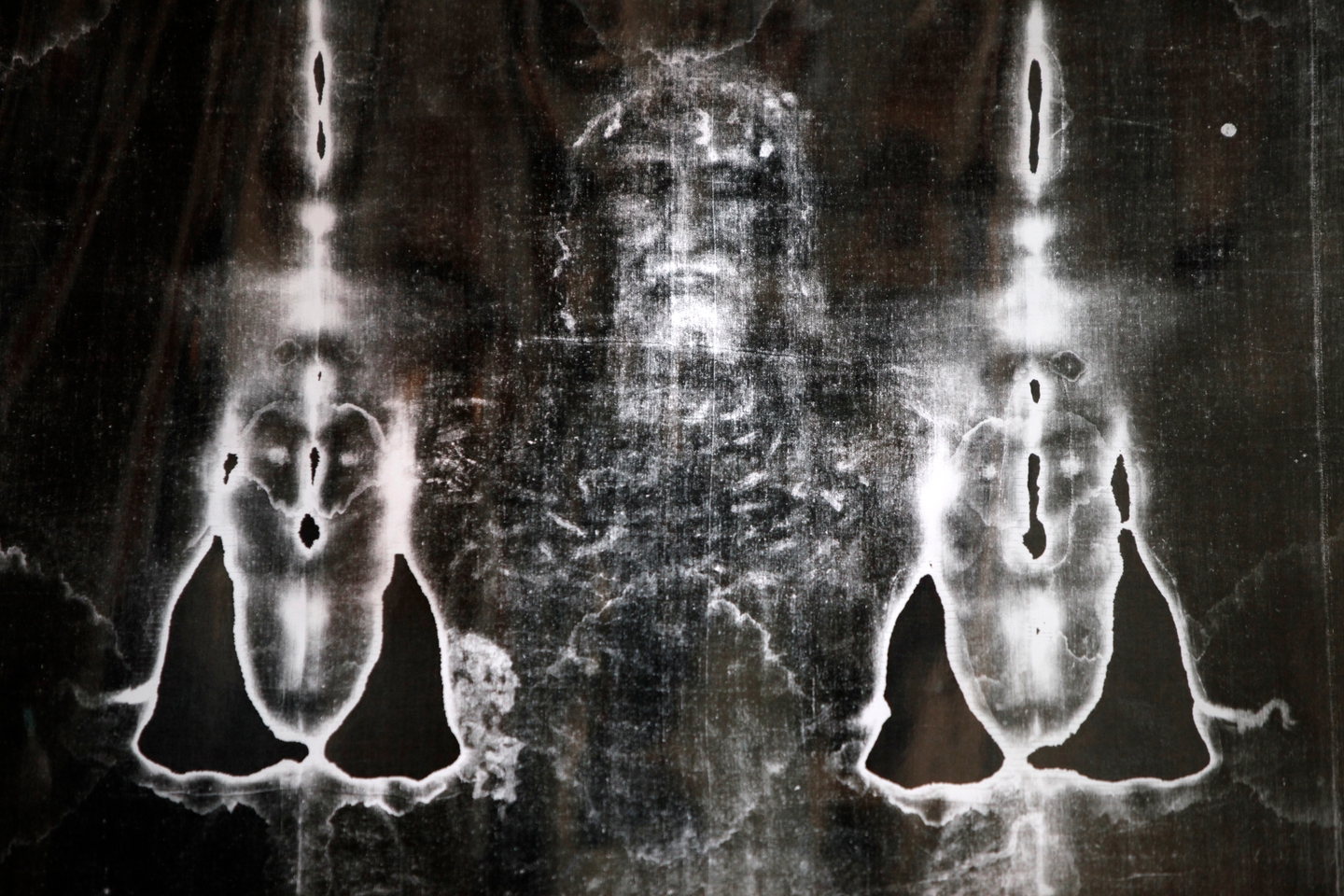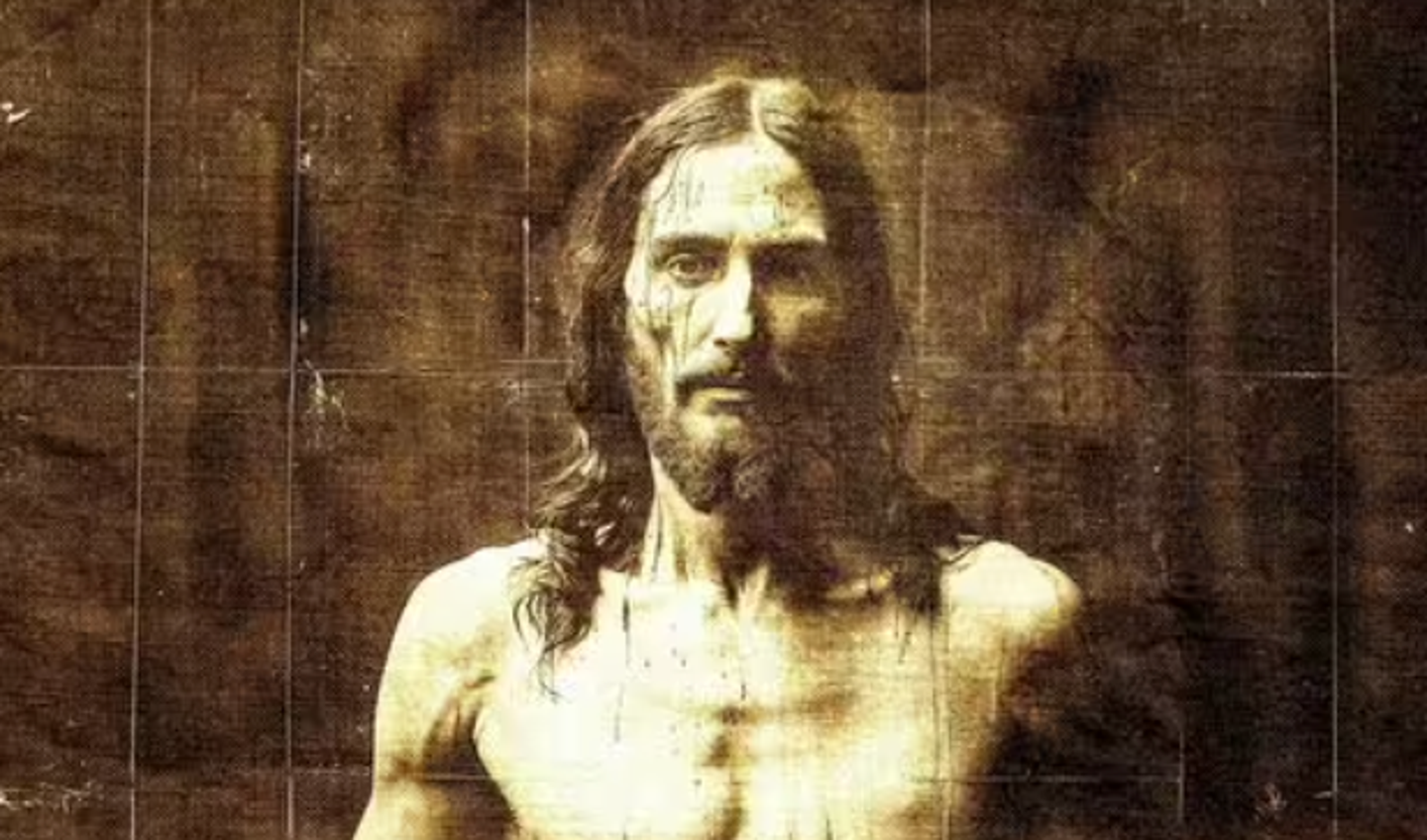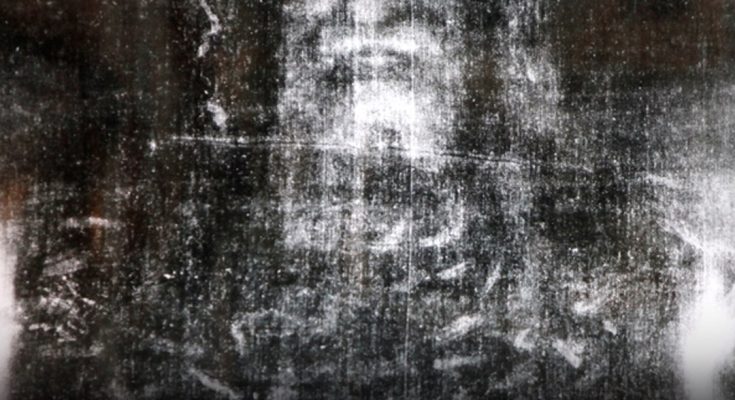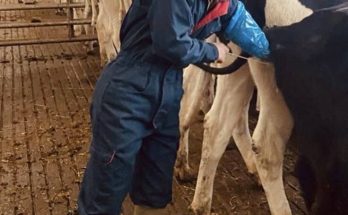
Even though AI can do some pretty incredible things, it’s not without its share of controversy and debate.
For instance, when AI was asked to create the ‘perfect’ man and woman (if that even exists), a lot of people weren’t too impressed with the outcome.
Now, AI has taken on another big challenge — trying to figure out what Jesus really looked like, which has been a topic of debate for a long time.
Using Midjourney, a popular AI tool, the system created the image by studying the Shroud of Turin.

What is the Shroud of Turin?
What is the Shroud of Turin?
The Shroud of Turin is a linen cloth that many believe was used to wrap Jesus after his death on April 3, AD 33.
Since 1578, it has been kept safe in the royal chapel of the Cathedral of San Giovanni Battista in Turin, Italy, according to Britannica.
Believers say the cloth holds a faint image showing the front and back of a man — believed to be Jesus.
One part of the fabric even seems to show a facial imprint, which has been enhanced digitally to reveal a clearer image over time.
What did AI do?
What did AI do?
Using the Shroud of Turin, the Daily Express asked the AI platform Midjourney to create a realistic depiction of Jesus Christ.
The AI-generated image shows a man with shoulder-length hair, a beard, and a moustache — basically how most historical depictions of Jesus usually appear.
Interestingly, the image also shows marks and cuts on his face and body, which could hint at the injuries he suffered during the crucifixion.

What have experts said about Jesus’ appearance?
What have experts said about Jesus’ appearance?
Some historians have pointed out that AI-generated images like the one made by Midjourney might not be completely accurate.
One major detail they highlight is the skin tone, arguing that it would likely have been darker than often shown.
Speaking about this, Dr. Meredith Warren, senior lecturer in Biblical and religious studies at Sheffield University, explained to MailOnline: “Jesus would have had brown skin, brown eyes, like the local population.”









